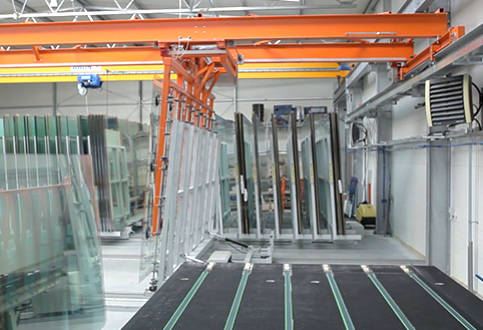We focus on development
The WWGLASS company has an automatic lines for joining single and double-chamber glass. The implementation of a new technology for the production of low-emission double-chamber glass is an inevitable prospect of further development of the glazing unit market, whose technological advancement on the machine market is the highest and guarantees long-term operation without changing the quality parameters of the final product.






